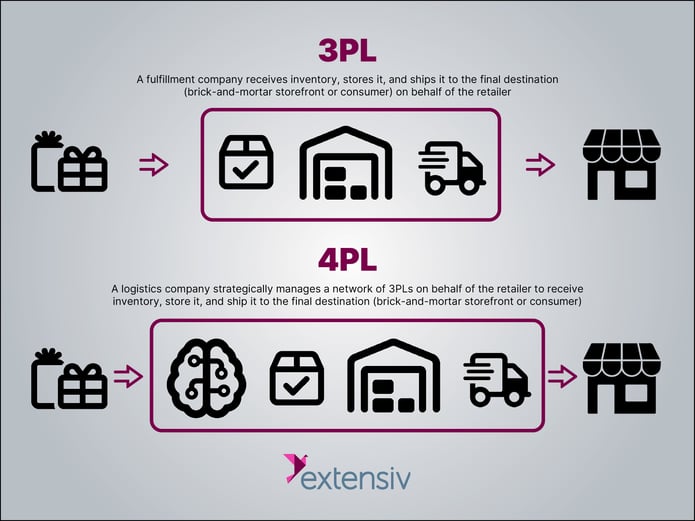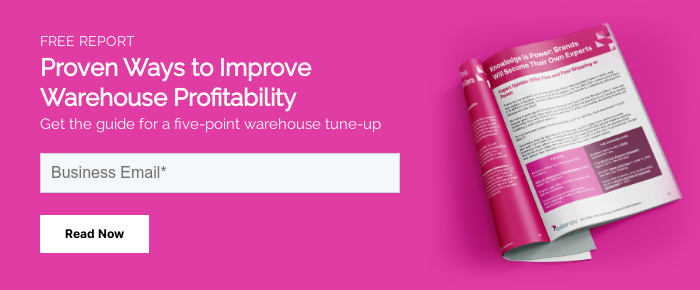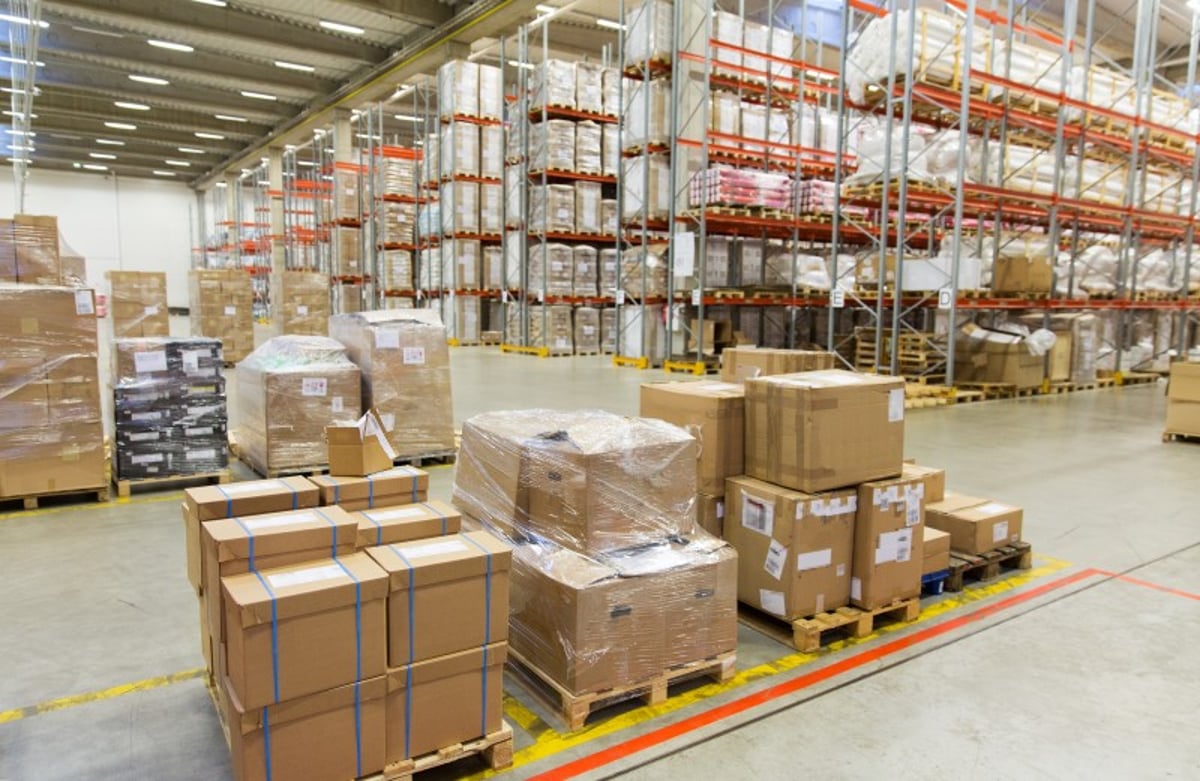More 4PL Topics
With 15 years of experience catering to third-party logistics (3PL) providers, we know that these businesses have historically been a driving force in the logistics services industry, especially the warehousing sector. However, it’s becoming increasingly more common to see companies providing fourth-party logistics (4PL) or even fifth-party logistics (5PL) services.
With the rise of ecommerce, heightened consumer expectations fueled by the Amazon Effect that standardized fast and free shipping now require service providers to become more agile to rise above the competition as logistics partners. Single-point distribution models increasingly struggle to keep up with the modern pace of commerce and are less suited for complex supply chain operations. Now is the dawn of the 4PL era.
Through assembling a network of other geographically dispersed warehouses to provide consistently expedient last-mile delivery on behalf of their customers, these 3PLs are evolving into fourth-party logistics providers to create the future of fulfillment by embracing cutting-edge supply chain solutions.
In this article, we’ll dive into what makes up a 4PL and what’s driving the growing popularity of this logistics model.
What is a 4PL?
A fourth-party logistics provider, sometimes called a lead logistics provider (LLP), is so named because they are three steps away from the end consumer. In the simplest terms, a 4PL is a (usually geographically dispersed) multi-facility fulfillment network of warehouses.
In addition to delivering traditional 3PL services at their main warehouse location or node, 4PLs also handle the project management of the entire network’s logistics strategy. There are two main forms 4PLs can take:
- Multiple distinct 3PL warehouses partnering together to create a 4PL network
- Standalone 4PL providers that independently oversee all the warehouse nodes in the supply chain network
What is the difference between 3PL and 4PL?
The main difference between 3PL and 4PL is that 4PL has an extra degree of distance between the logistics provider and consumer where the 3PL acts as an intermediary between the merchant and the final consumer, hence the “third-party” name.
Another key difference between 3PLs and 4PLs is that 3PL providers own all or most of their own assets necessary to provide logistics services including warehouses and sometimes even trucking fleets for freight forwarding. By contrast, 4PLs can be non-asset-based; they provide logistics expertise and IT systems—fulfillment software—but may not own any warehouses or other physical assets.

A traditional third-party logistics provider owns the relationship with their client, say, a retailer or ecommerce business, and neither owns the products nor interacts with the purchasers of the brand’s products. However, let’s say this retail brand provides ecommerce customer service all over the country. If the 3PL only operates one or two warehouses, it can be difficult to provide the speed of shipping that the brand’s customers expect and remain cost-effective.
In this case, the 3PL provider may enlist other 3PL warehouses to assist with servicing regions in which it does not have warehouses. The organizer of this network of 3PLs is considered a 4PL and remains the single point of contact to their client. The original 3PL can benefit from outsourcing portions of the logistics management process to others in different locations, allowing them to efficiently keep up with growing region and time expectations. It is a mutually beneficial process in which all 3PLs involved can take on more clients than they would be able to otherwise.
What are the advantages of a 4PL for 3PLs?
Traditional 3PL warehouses who provide 4PL services can distribute inventory strategically by location, thereby cutting delivery times and costs. The original 3PL becomes a 4PL provider and owns the relationship with the other 3PLs in the network as well as with their client, allowing them to increase their potential revenue and profitability while capitalizing on market opportunities.
Furthermore, the organic 4PL network allows the 3PL to provide greater value for their clientele, such as the ability to deliver products across many geographic regions in ideal timeframes. This optimization of the logistics process enables the brands served to compete at scale in the world of ecommerce, which can boost customer retention and acquisition.
Why should merchants care about 4PL?
4PL presents an abundance of opportunities for retailers and ecommerce merchants to optimize their logistics processes, reduce operational and fulfillment costs, and expand their geographic reach to enter new markets. Some other key benefits of outsourcing to a 4PL include:
- Less time and energy spent orchestrating logistics processes that can instead go toward other revenue-boosting business functions like product research & development and marketing
- No need to manage multiple partners as the 4PL provider serves as the single point of contact for everything fulfillment-related
- Access to advanced technology and data that would be resource-intensive to acquire independently that can power business strategies like demand forecasting and improve supply chain visibility
- Risk mitigation in the event of future supply chain disruptions
What services can a 4PL provider offer?
A 4PL provider offers many of the same services as 3PLs. These can include:
- Warehousing (both inbound and outbound processes)
- Inventory management
- Transportation and freight forwarding
- Order fulfillment (pick & pack)
- Shipping
- Reverse logistics
However, because 4PLs manage the entire supply chain for their customers, they also offer more specialized logistics solutions, including:
- 3PL and project management
- Order routing
- Specialized network-wide data analysis
- Inventory planning and demand forecasting
- Business planning and consultancy
- Procurement and overall logistics strategy development
- Enhanced sustainability or “green logistics” compliance
3 Things to Look for Before Building a 4PL Partnership
If you've considered branching out into the realm of 4PL and are interested in the potential benefits of building out a 4PL network, due diligence is key to ensuring you can provide the additional service you’ve promised your customers. After all, not all logistics companies are created equally, and one lackluster node could cripple the entire supply chain. Below are 3 steps you should follow when vetting 3PL providers you want to incorporate in your 4PL network:
1. Check your potential partner 3PL’s financials.
Running a credit check or reviewing the company’s financials is a good place to start. This will allow you to gauge the company’s health and ability to deliver on their promises to you (and that you are making to your customers).
2. Verify their capabilities and capacity constraints.
Secondly, you’ll want to verify that they have experience processing or can process a large enough volume of ecommerce orders. A company with existing core competencies, especially efficient fulfillment processes like picking and packing, would be an ideal 4PL partner. It’s ideal to join forces with a partner who uses comparable workflows across similar product types (for example, if you both offer nutraceutical white labeling) to maintain consistency in service.
Their technological proficiency is just as important as their logistics operations capabilities. In choosing another 3PL to partner with, using the same or similar warehouse management system (WMS) platforms and integrations can facilitate streamlined communications. For example, Extensiv 3PL Warehouse Manager leverages digital automation for inventory and order notifications, amplifying real-time supply chain visibility for all parties.
It’s also important to confirm that their warehouse has the square footage available to accommodate what you need. If a potential partner’s warehouse is operating at (or above) capacity, they will be unable to carry any inventory you need to distribute to them.
3. Draft sample terms for the partnership.
Lastly, it can be a good exercise to work up a sample service level agreement (SLA) and make sure that you can both agree to some standard terms and conditions. They should be prepared to allow you independent ownership of your relationship with the client, and the terms should clearly outline your expectations for them. This will allow you both to find financial safety and mutual benefits in the partnership; after all, this is a strategic alliance in which all parties should profit.
Need help finding a 3PL provider to invite into your 4PL network? Explore Extensiv’s Fulfillment Marketplace for a curated catalog of pre-vetted fulfillment partners.
Evolve into a 4PL with Extensiv
Emerging technologies necessary to bring fourth-party logistics to life are more attainable than ever before. For example, Extensiv Network Manager combines elements from our order management and 3PL Warehouse Manager platforms to give real-time visibility into inventory status, order fulfillment progress, and data analytics metrics across the 4PL network, allowing you to optimize inventory management and route orders from one 3PL to another.
Thus, outsourcing a portion of the logistics process doesn’t have to mean giving up control or losing business to a competitor. In fact, the opposite is true; by creating your own 4PL network powered by Extensiv Network Manager—which boasts automation features that streamline, simplify, and illuminate billing processes at every node—all parties involved in the partnership profit from working together.
Request a demo to find out more about Extensiv Network Manager and our other 4PL solutions.








